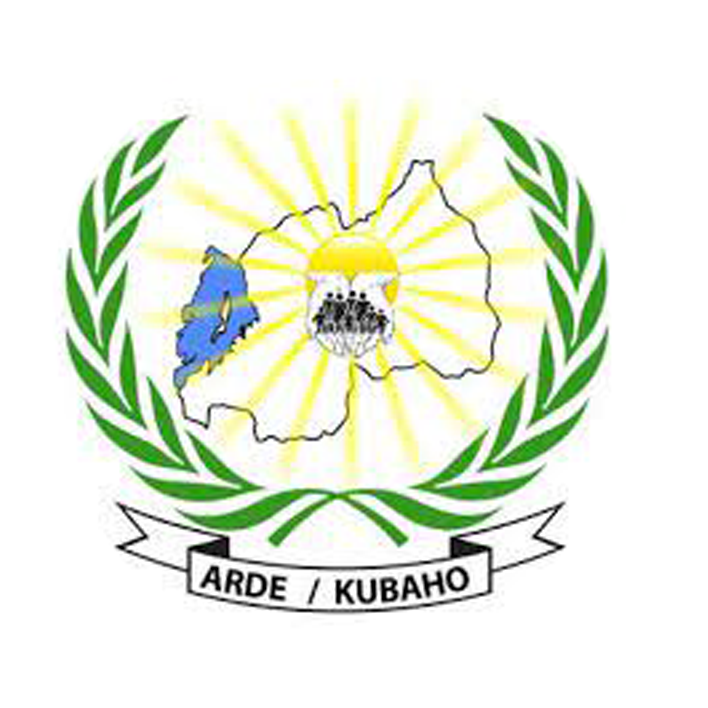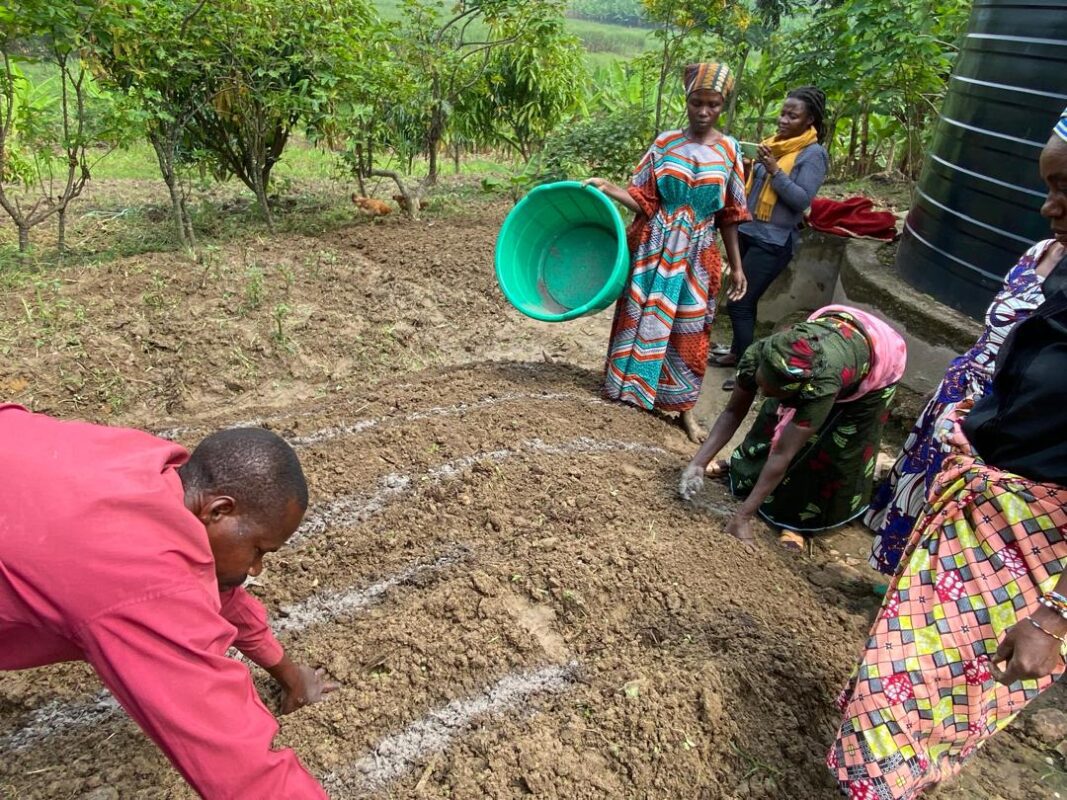In a groundbreaking initiative to promote sustainable agriculture, cooperatives in Kamonyi District are participating in innovative agroecological training designed to boost productivity, enhance resilience, and address environmental challenges. The Agroecological Techniques for Crop Diversification and Design of Agroecological Farms training is empowering members of TUZAMURANE-Gihara, ABATICUMUGAMBI-Kabuga, ABIBUMBYE-Kamonyi, and KOEPOKA-Kayenzi cooperatives to transform their farms into self-sustaining ecosystems.
The training, developed to guide farmers in adopting sustainable practices, focuses on crop diversification and the integration of livestock. These methods aim to reduce dependency on external inputs, improve soil fertility, conserve water, manage pests naturally, and adapt to climate challenges. By doing so, farmers can create balanced, resilient systems that provide both environmental and economic benefits.
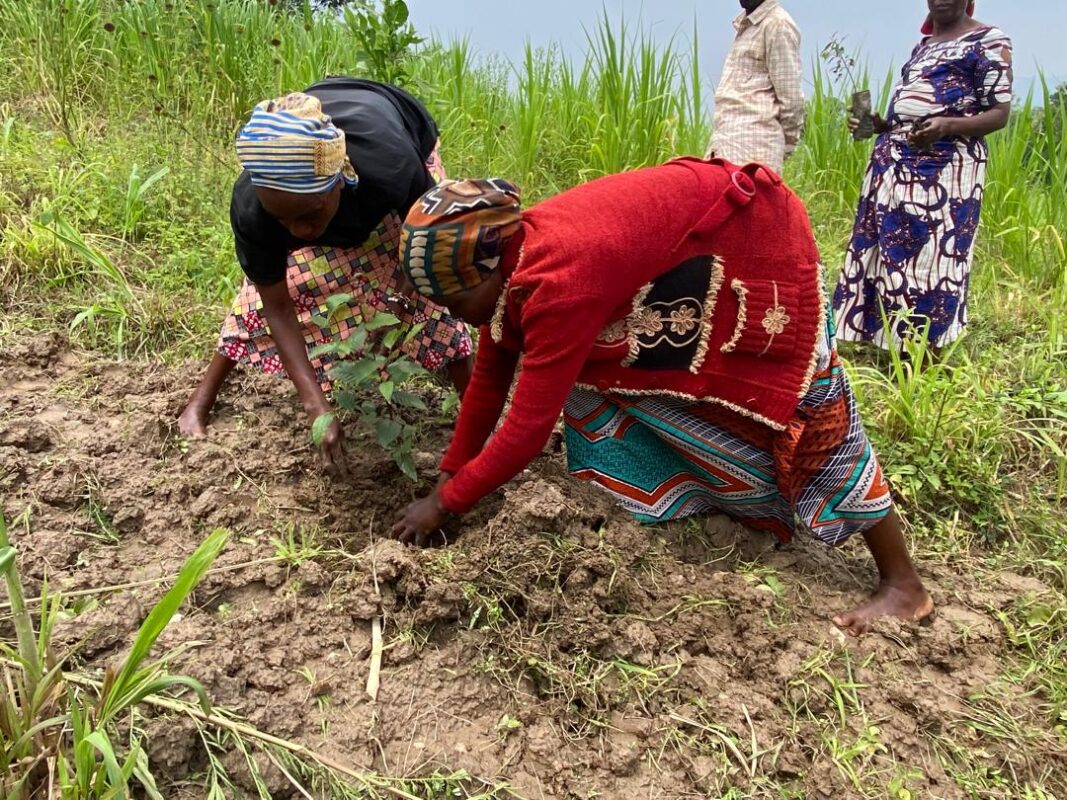
Cooperative members applying what they have learnt
Crop Diversification: A Path to Resilience
The first module of the training delves into crop diversification practices such as intercropping, crop rotation, and agroforestry. These techniques are designed to improve soil fertility, enhance water retention, reduce pests naturally, and decrease reliance on chemical inputs. For example, intercropping fast-growing, shallow-rooted crops with slower-growing, deep-rooted crops optimizes nutrient uptake and water retention. Agroforestry, which integrates trees with crops, provides shade, wind protection, and nutrient cycling, while also preventing soil erosion.
Crop rotation is another key strategy. By rotating crops with contrasting nutrient needs and pest vulnerabilities, farmers can break pest and disease cycles, replenish soil nutrients, and maintain soil health. The training provides detailed rotational plans, such as a 3-4 year cycle that ensures crops of the same family are not planted in the same spot too often. This approach not only improves soil structure but also reduces the risk of pest and disease buildup.
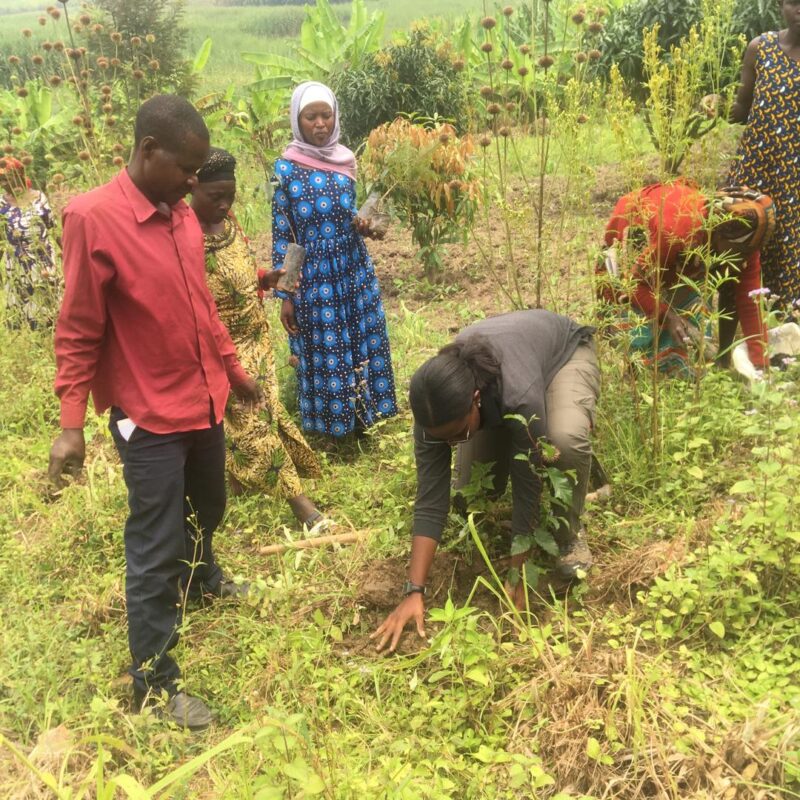
With new tools, the agriculture sector will prosper
Livestock Integration: Enhancing Farm Ecosystems
The second training emphasizes the integration of livestock to enhance nutrient cycling, pest control, and biodiversity. Techniques like rotational grazing and composting are outlined to help farmers manage livestock efficiently. For instance, chickens can be introduced to control pests and weeds naturally, while cattle and goats contribute to soil fertility through their manure.
Agro-silvopastoral systems, which combine trees, crops, and livestock, are highlighted as a way to maximize land use and improve farm productivity. Trees provide shade and wind protection, while animals graze on grasses and contribute manure, creating a multi-layered production system that supports animals, crops, and trees.
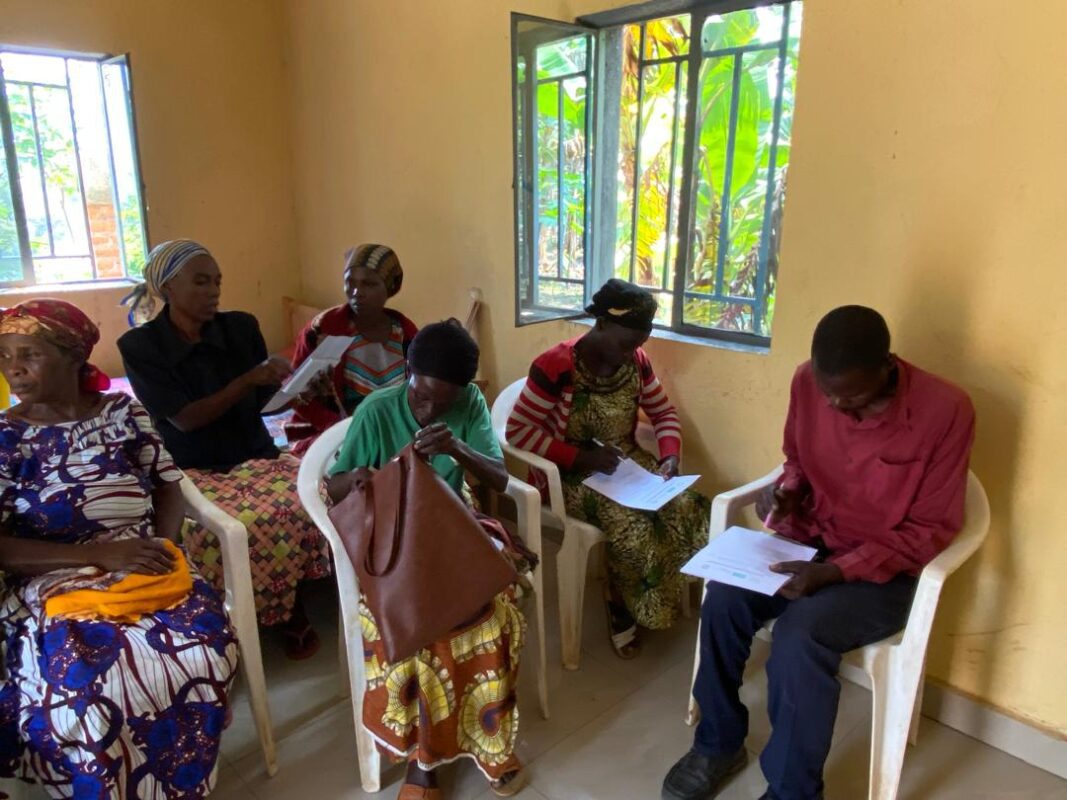
cooperative members first learn theoretically
Economic and Environmental Benefits
The economic benefits of these practices are significant. Livestock integration provides multiple income streams, including meat, milk, eggs, and value-added products like yogurt and cheese. Manure can be sold or used in bio-composting, further diversifying income opportunities. In the short term, farmers benefit from immediate pest control and soil improvement. Medium-term benefits include increased crop productivity due to enhanced nutrient cycling and reduced chemical input costs. Long-term benefits involve sustainable income generation, improved soil health, and enhanced farm resilience.
Environmental benefits are equally compelling. Agroecological diversification improves soil quality by promoting natural nutrient cycling and increasing organic matter. It enhances water availability by improving water infiltration and conserving soil moisture. Pest reduction is achieved through natural methods like companion planting and crop rotation, reducing the need for chemical pesticides. In the face of climate challenges, diversified farms are more resilient, spreading risk across multiple crops and integrating drought-tolerant species to ensure consistent yields.
A Brighter Future for Farmers
By participating in this agroecological training, farmers in Kamonyi are not only improving their livelihoods but also contributing to a more sustainable and resilient agricultural system. The training provides practical, easy-to-follow guidelines that empower farmers to transform their farms into productive, self-sustaining ecosystems. As these practices take root, the cooperatives are poised to become models of sustainable agriculture, demonstrating that it is possible to achieve both environmental and economic benefits through thoughtful, innovative farming practices.
This initiative marks a significant step forward in the fight against climate change and food insecurity, offering hope and a path to prosperity for farmers in Kamonyi District and beyond.

